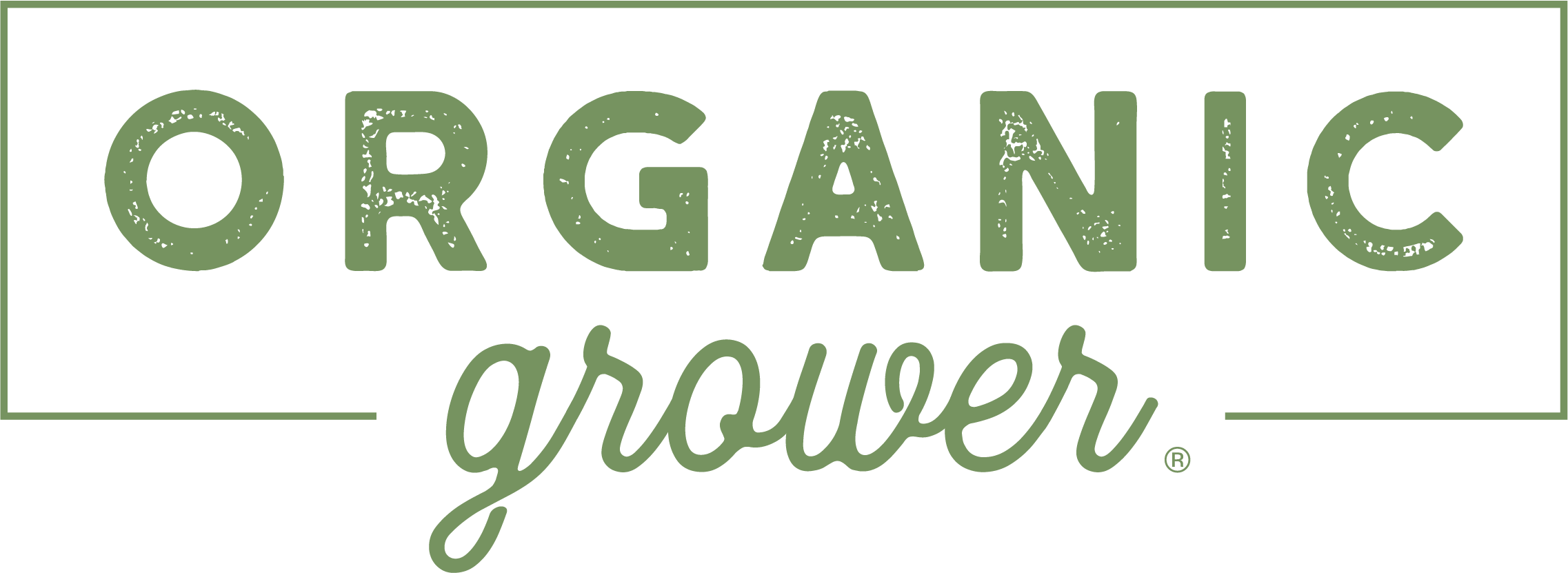Sep 30, 2021Effective fruit pest control strategies to combat voles in orchards
Sponsored Of all the pests that can threaten an orchard, voles can cause extensive damage before growers even detect a problem — and by then, it’s often to late to save the trees. These small rodents girdle trunks and destroy roots, leaving apple and stone fruit trees weak, unproductive, or dead. For growers seeking to protect their investment, implementing proven fruit pest control strategies is essential to prevent long-term orchard losses.
Understanding vole damage

Voles overwinter in orchard blocks and surrounding wild areas, feeding on tree roots and girdling trunks up to the snow line. They tunnel under snow, creating hidden damage that becomes visible only in spring. This root destruction can quickly reduce yields and shorten an orchard’s productive life.
Preventing these losses requires both proactive and corrective action. Monthly monitoring using bait stations and consistent management programs can reduce infestations before they spread. Effective fruit pest control strategies can also save growers significant money in lost yield and tree replacement costs.
Integrated pest management for vole control
In orchards that feature polyculture or interplanted systems — such as vineyards with fruit trees — vole infestations can escalate quickly. Cover crops and weeds common in vineyards often provide ideal vole habitat.
Greg Newman, chief agronomist at NWFM, LLC, a sustainability-focused farm management provider, said the key lies in early action. “Investing in the right program to rid the orchard of these meddlesome pests is a major step in preventing unrecoverable vole damage,” he said.
Simple integrated pest management (IPM) practices help reduce vole pressure:
- Clear vegetation: Maintain a two-foot vegetation-free zone around trunks and remove grass or weeds that provide harborage.
- Protect young trees: Use tree guards when cost-effective.
- Monitor with bait stations: Regularly check bait disappearance and move stations if they remain untouched.
- Broadcast around borders: Apply bait along perimeters when vole activity is high.
Baiting for long-term protection
Newman recommends incorporating baiting into all orchard fruit pest control strategies. “A spring and fall bait application tends to work best in most situations,” he said. “In some cases, two fall applications will be necessary to eradicate an especially tenacious population.”
Two main baiting schedules are effective:
- Fall-only applications. Two treatments in autumn help reduce overwintering populations.
- Spring and fall applications. This approach offers season-long protection and more complete population reduction.

Using Rozol® Vole Bait from Liphatech has proven successful in multiple orchards. “You definitely see the results after several days,” Newman said.
The bait, placed in perimeter T-pipe stations or broadcast in high-pressure areas, delivering strong control while remaining weather-resistant.
Proven results and cost savings
Independent research from Qualls Agricultural Lab in Ephrata, Washington, confirmed the efficacy of Rozol Vole Bait. The study found an 80% reduction in vole populations and a 62% reduction in feeding compared to 3% in untreated areas. Over a decade, twice-yearly Rozol program costs less per acre than replacing lost production from a single tree.
Rozol Vole Bait, a restricted-use pesticide, contains chlorophacinone, a multi-feed anticoagulant formulated as paraffinized pellets for durability and palatability. Designed for long-lasting weatherability, Rozol helps prevent tree girdling, root damage, and reduced yields caused by vole activity.
Protecting orchard profitability
For growers, the takeaway is clear: combining IPM methods with a structured baiting program forms the foundation of effective fruit pest control strategies. Clearing debris, maintaining bait stations, and following proper application timing can prevent costly losses and preserve orchard longevity.
By acting before vole populations build up, growers can maintain healthy, productive orchards — and protect their investment for years to come.
To learn more about Rozol Vole Bait and to get a discount on your next Rozol order, visit liphatech.com/agriculture.
Rozol® Vole Bait is a registered trademark of Liphatech, Inc. Rozol is a restricted use pesticide.
© 2021 Liphatech, Inc.
















